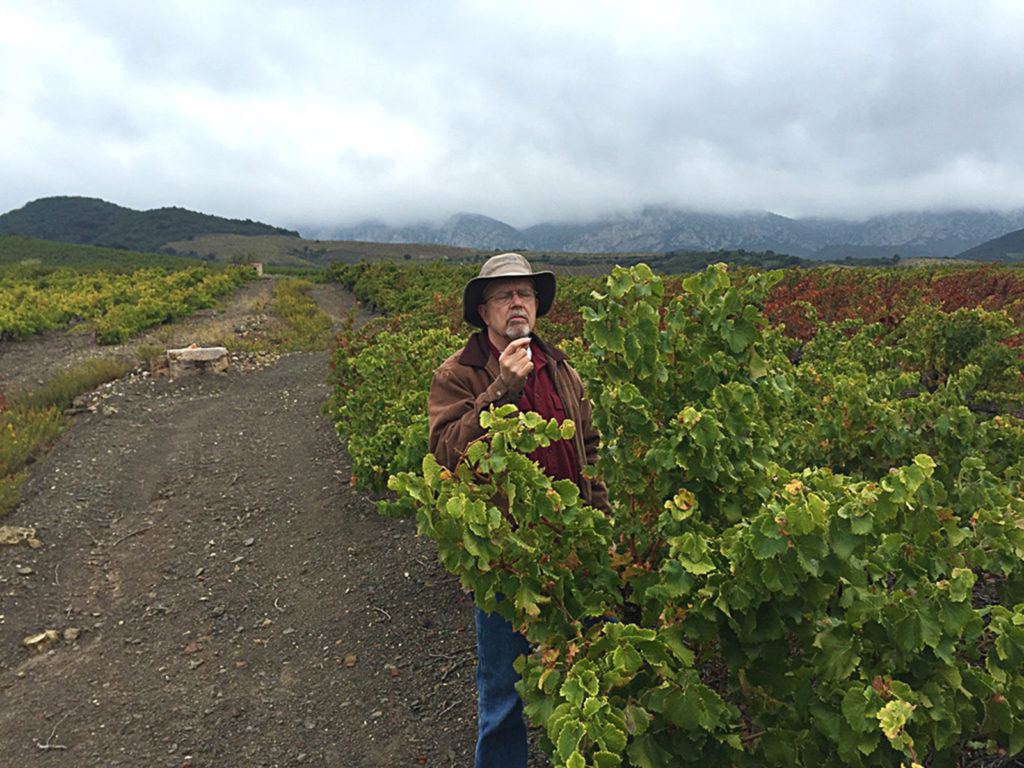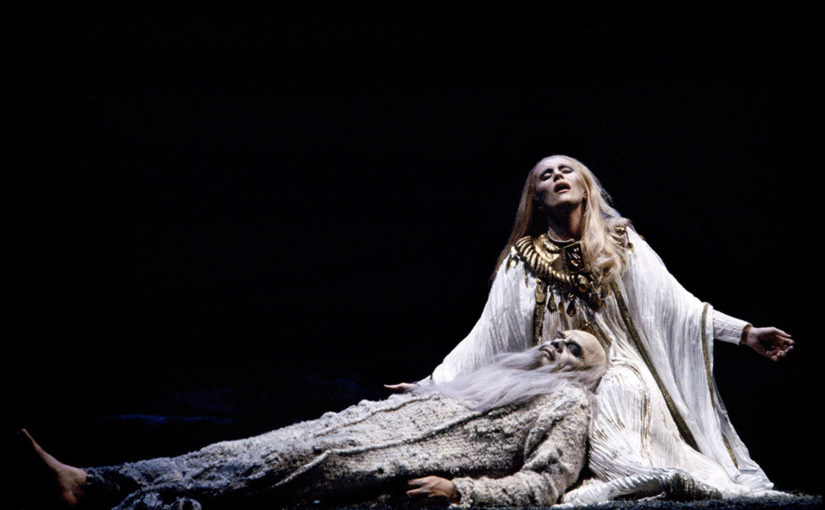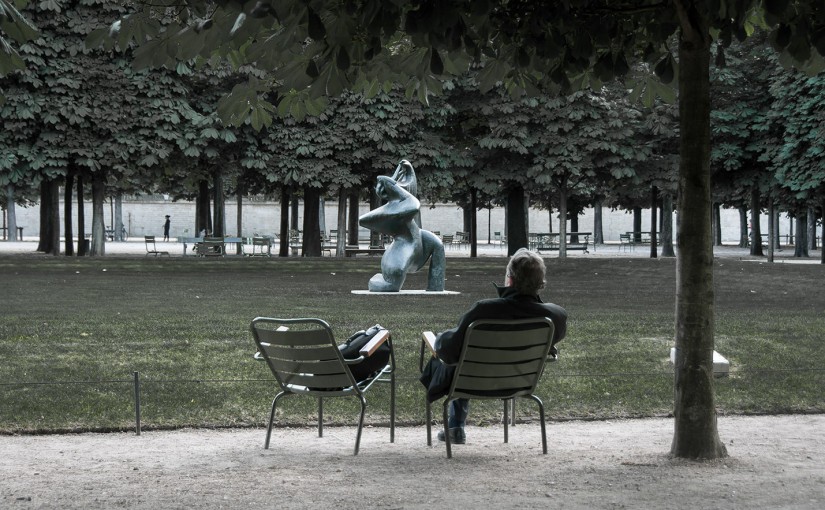Just a few more thoughts on Capa before we move on. Larry Walker’s comment about belief and reality strikes home: “If I believe the Capa snap is a picture of a soldier just killed, lacking any evidence one way or the other, does it matter?”
Capa’s job was to report on the war in support of the Republican cause. He was employed by Vu magazine, and the photos appeared in a special issue supporting the Republicans. He was, in short, a propagandist. If he was shooting training exercises and an editor seeing the picture with the caption, The Falling Soldier chose to believe it was a picture of a man dying, what difference does it make? Either way it succeeds in its purpose, which was to create sympathy for the Republican cause.
I doubt Capa set out to deceive, but he gave at least three different versions of the circumstances of the photo. In one he said that he was ducking down beside the hill and holding the camera over his head when he released the shutter. The film was then sent off to France to be developed. If this is true, he didn’t know what he had captured. When the magazine claimed it was the moment of death, what could Capa do?
If he contradicted the editors, he would lose all credibility, probably forever, and certainly lose his job. He would also damage the cause he passionately supported. Capa was a gambler: sometimes poker, sometimes he put his life on the line. In this case, when everyone felt he held the winning hand, and it would have been foolish to fold, he went all in. Was it a bluff? Maybe. We’ll probably never know, but it makes for a very interesting story.
A fascinating and enigmatic man who hated war and was never happy when he was away from it, Capa spent his life surrounded by beautiful women, poker playing artists, and soldiers fighting for their cause, their country, or just their lives. He wasn’t a very good poker player – Huston would win back all the fees he paid him to shoot stills for his films – and he was never able to commit to any of the women he loved. He was a great war photographer and a dedicated anti-fascist who lost his life covering the ridiculously futile French colonial effort in Vietnam for the vehemently anti-communist Life magazine of Henry Luce. The final irony in a complex life.
Here’s a link to Magnum Photos, the cooperative of photojournalists founded by Capa and others where you can view The Falling Soldier and a whole lot of other great images.
http://www.magnumphotos.com/C.aspx?VP3=CMS3&VF=MAGO31_10_VForm&ERID=24KL535353



